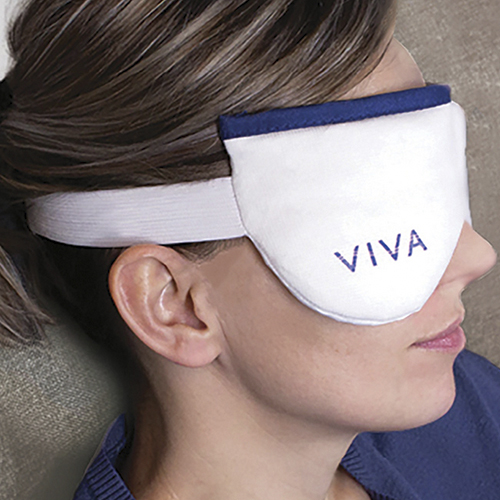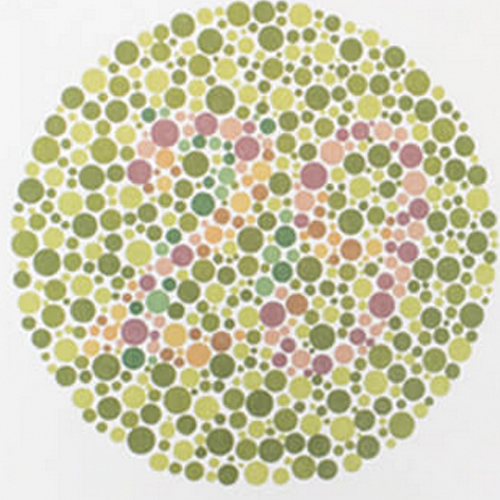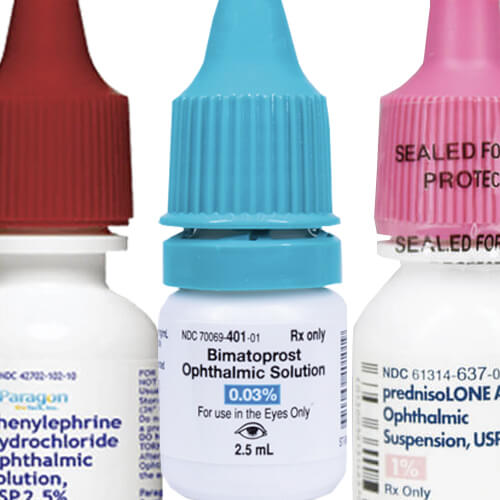What is “Eye Gunk”?
Often referred to as morning eye gunk, eye boogers, sleep crust, sleepy bugs, or a number of other less than glamourous terms, the proper term is rheum. Rheum is a natural byproduct of healthy eye functioning. It is composed of mucus, exfoliated skin cells, oils, and other debris that accumulate in the corners of the eyes overnight. It often appears as wet, sticky, yellow-white crusts in the corners of the eyes.
Rheum is generally harmless and non-infectious. It can cause mild irritation, but it does not typically require treatment unless the symptoms worsen or become uncomfortable. However, there are simple and effective practices patients can do to help minimize the condition.



Appropriate Methods to Treat Rheum:
Practicing Good Hygiene
Showering before bed can be beneficial in managing morning eye gunk. In addition, advise patients not to pick at or wipe away the rheum in the morning with their fingers. This can lead to transmitting bacteria to the eyes. Instead, recommend gently wiping away any accumulation of rheum in the morning with a clean, warm washcloth to help reduce its formation and keep their eyes comfortable.
Improving Bedroom Environmental Conditions
Certain environmental conditions can help reduce the accumulation of rheum. Keeping the bedroom free of dust, pet dander, and other allergens is key to preventing irritants from making their way into the eyes overnight. Additionally, using a humidifier in the bedroom can help keep air moisture levels high. Which helps to reduce dryness and irritation that can cause excessive formation of rheum.
Reducing Eye Strain
To reduce eye crustiness in the morning, recommend patients keep electronic devices at least 8 inches away from their face. They should try to take regular breaks while using computers or phones for long periods of time. Additionally, 7-9 hours of quality sleep each night can help reduce eye crustiness in the morning and contribute to better overall eye health.
OTC Eyelid Hygiene Products
Over-the-counter eyelid hygiene products such as eyelid foam and hypochlorous spray are very effective for cleansing morning eye crust and providing instant eye irritation relief. In addition, these products are ideal for practice retailing. After it is determined that the patient’s symptoms stem from normal occurring rheum and not larger underlying eye conditions (such as dry eye, conjunctivitis, or Blepharitis), the patients can leave their exam with an immediate treatment option in hand.
Symptoms That May Indicate a Bigger Concern than Rheum
In addition to morning eye gunk, symptoms like blurry vision, light sensitivity, swelling of eyelids, eye pain, or a yellow or green discharge can be indicators that there is a more concerning underlying eye condition, and further eye examination is needed.
By understanding the ins and outs of rheum, you can help your patients distinguish between a harmless morning annoyance and a potential sign of something more serious. At Amcon Labs, we’re committed to empowering you with the knowledge to keep those eyes clean, clear, and healthy.



